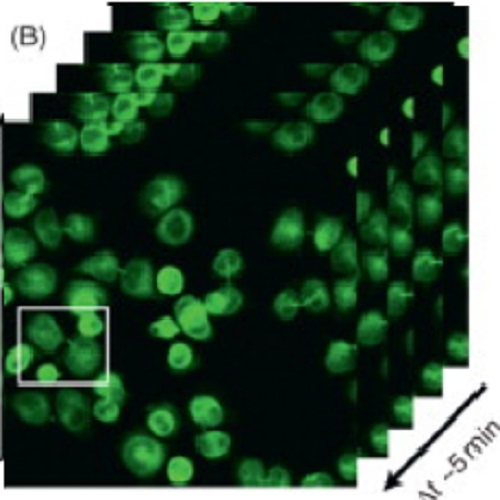Correlative time-lapse imaging and electron microscopy to study abscission in HeLa cells.
HeLa cells are widely used as a model system to study cell division. The last step of cell division, abscission, occurs at an about 1 ?m wide intercellular bridge that connects the post-mitotic sister cells. Abscission often occurs long after ingression of the cleavage furrow, and no efficient methods to synchronize cells to this stage are available. Here, we have developed a correlative fluorescence time-lapse imaging and electron microscopic approach using Aclar sheets with engraved grid patterns. This grid pattern, leaving a negative imprint on thin-layer embedded samples, allows identification of cells selected from the time-lapse imaging for serial-section electron microscopy. This method facilitates the ultrastructural analysis of specific stages of abscission.

- Methods Cell Biol. 2010;96:591-601
- 2010
- Imaging Technologies Development
- 20869539
- PubMed
Enabled by:
